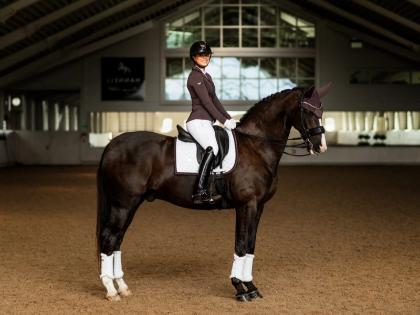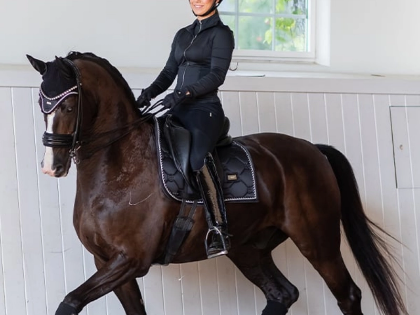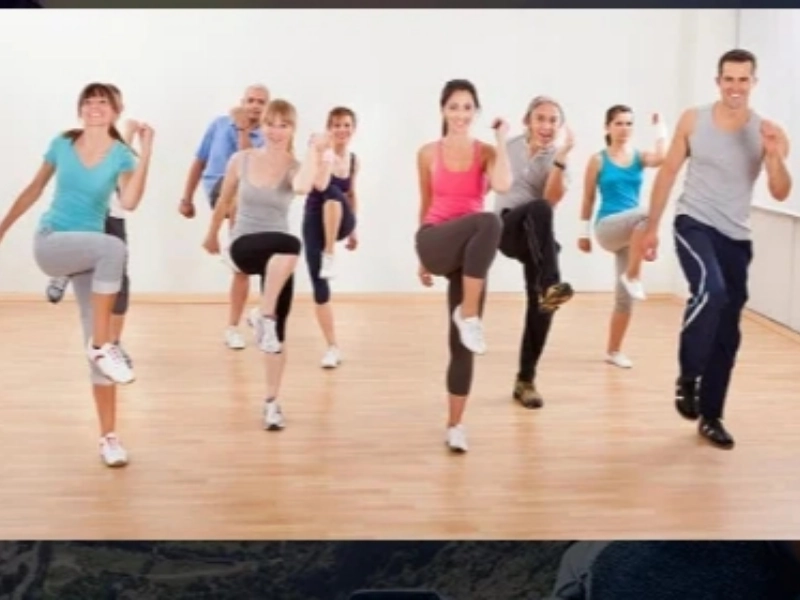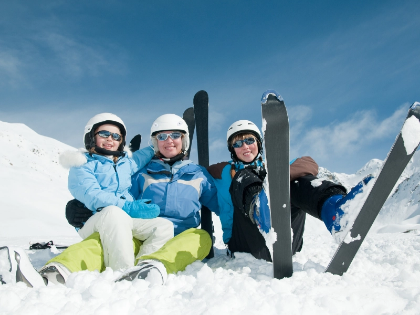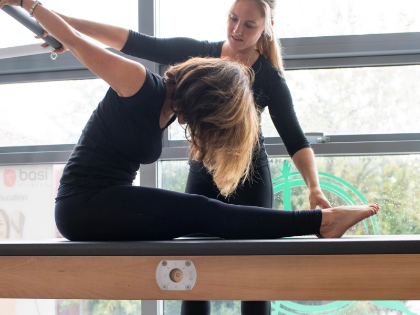How to Become a Master Cross-Country Jumper: How to Overcome Natural Obstacles
Equines and riders that are comfortable navigating a range of natural obstacles are needed for three-day eventing. Boyd Martin, an Olympic eventer, demonstrates how to prepare your horse for the three-day event course by methodically introducing them to logs, ditches, banks, and mounds. After teaching your horse to walk over these organic obstacles, bring him to a trot. You can go to more complex fences, like the narrow, after your horse is at ease.
Give up
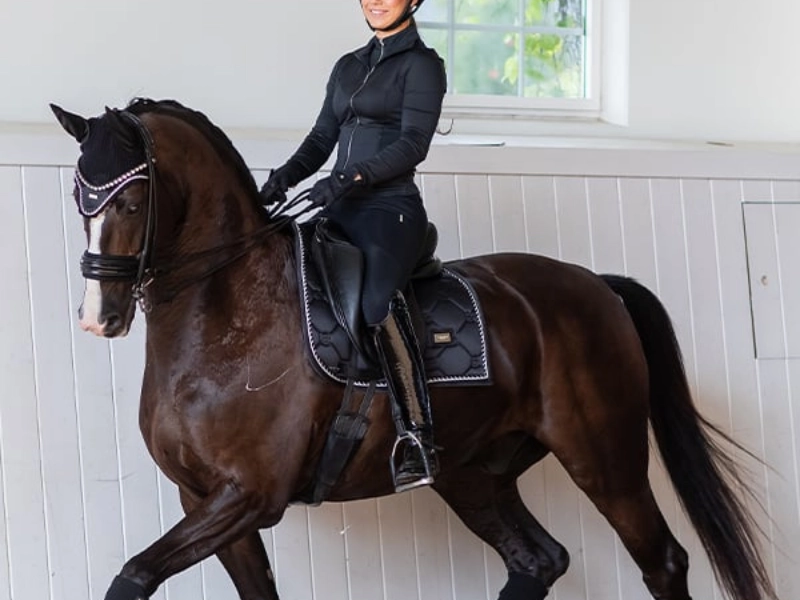
Bank
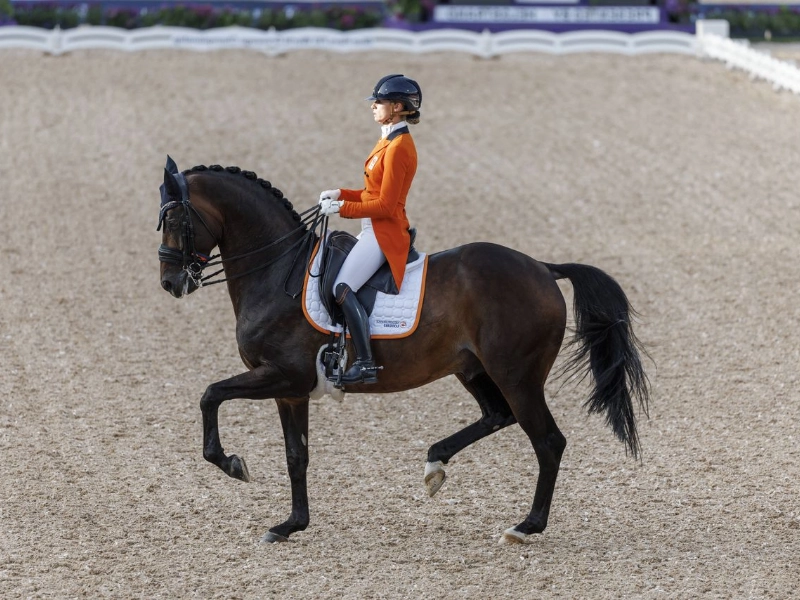 You have to make your way around a course of natural obstacles when competing in the cross-country part of eventing, which combines dressage, showjumping, and cross-country in one competition. These are typically a mix of challenging jumps and terrain-based challenges that need to be completed with the fewest possible penalties by a skilled rider and a well-trained horse.
A lot of these barriers come in the shape of planks or fences that are typically placed closely together and mimic specific landscape elements like puddles or tree trunks. The issue with these kinds of barriers is that, if ridden improperly, they can be challenging for horses to navigate.
Chris Bartle shows viewers in this video clip how to employ various seat positions to stay safe during a jump. Additionally, he describes his unique safety seat—which he calls the "Oh sh*t!" position—and demonstrates how it works in a variety of leaping scenarios.
You have to make your way around a course of natural obstacles when competing in the cross-country part of eventing, which combines dressage, showjumping, and cross-country in one competition. These are typically a mix of challenging jumps and terrain-based challenges that need to be completed with the fewest possible penalties by a skilled rider and a well-trained horse.
A lot of these barriers come in the shape of planks or fences that are typically placed closely together and mimic specific landscape elements like puddles or tree trunks. The issue with these kinds of barriers is that, if ridden improperly, they can be challenging for horses to navigate.
Chris Bartle shows viewers in this video clip how to employ various seat positions to stay safe during a jump. Additionally, he describes his unique safety seat—which he calls the "Oh sh*t!" position—and demonstrates how it works in a variety of leaping scenarios.
Water
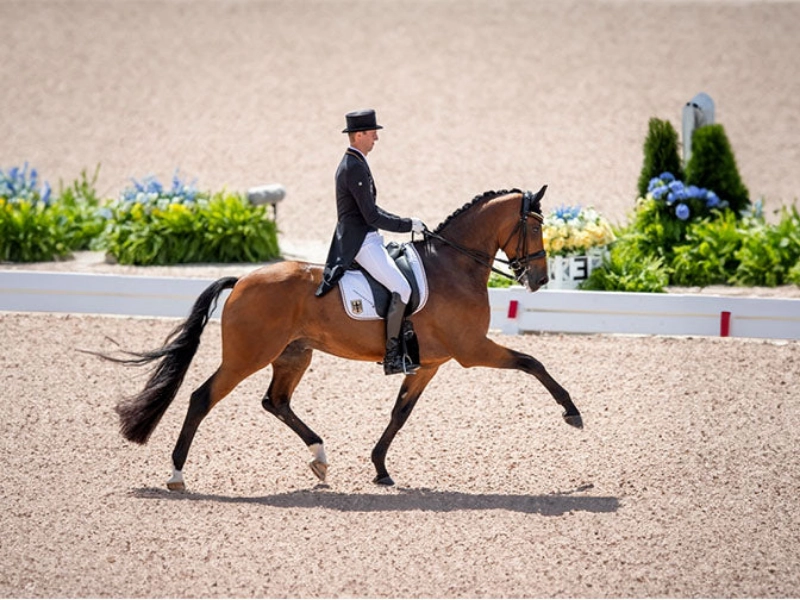 A true test of a rider and partner's ability to work together is how well they can adjust to and handle the unique challenges of the cross-country phase. It's also one of the hardest aspects of the eventing competition because there are many other factors to take into account in addition to riding quickly over the jumps, like distances and terrain.
The rider and horse team will come across a sequence of "questions," each of which consists of several attempts at jumping compiled into one. These questions are typically marked with a number and/or letter, and the horse loses points from the competition if it jumps one of these questions wrong or trips over.
A slanted top creates a gradual upslope on many of the fences, which are referred to as "rolled tops" and have dimensions of both height and width. They are a common kind of gallop fence that is used all around the course. These are excellent for increasing speed and developing a sense of higher barriers.
A true test of a rider and partner's ability to work together is how well they can adjust to and handle the unique challenges of the cross-country phase. It's also one of the hardest aspects of the eventing competition because there are many other factors to take into account in addition to riding quickly over the jumps, like distances and terrain.
The rider and horse team will come across a sequence of "questions," each of which consists of several attempts at jumping compiled into one. These questions are typically marked with a number and/or letter, and the horse loses points from the competition if it jumps one of these questions wrong or trips over.
A slanted top creates a gradual upslope on many of the fences, which are referred to as "rolled tops" and have dimensions of both height and width. They are a common kind of gallop fence that is used all around the course. These are excellent for increasing speed and developing a sense of higher barriers.
The Narrow Wall
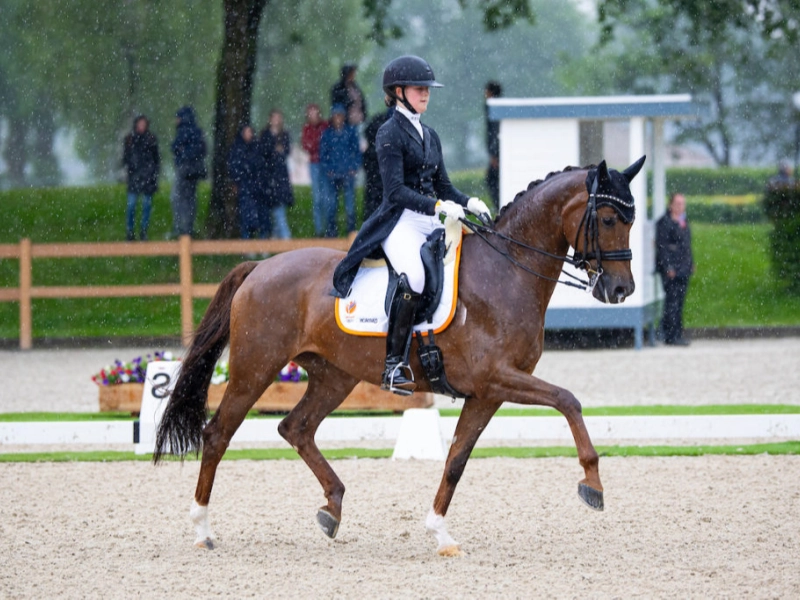 It might be difficult for a horse and rider to cross a fence with a narrow face and little clearance. These kinds of fences are useful for measuring a horse's speed, precision, and scope; nevertheless, they also demand a high level of focus from the two horses in order to pass them without tiring.
By putting a ditch before or after the obstacle, raising its height, or changing its placement, a course designer might make this kind of obstacle more challenging. In order to help them get comfortable with the idea, riders should practice jumping this kind of obstacle gently while using a loose rein.
A rider and horse will come across a range of various obstacles throughout the cross-country portion; these are commonly referred to as "questions." Water, ditches, banks, and other features can be among them. It is crucial to think about the path your equine will follow in between each question, as this might be challenging depending on the terrain and placement of the obstacles.
It might be difficult for a horse and rider to cross a fence with a narrow face and little clearance. These kinds of fences are useful for measuring a horse's speed, precision, and scope; nevertheless, they also demand a high level of focus from the two horses in order to pass them without tiring.
By putting a ditch before or after the obstacle, raising its height, or changing its placement, a course designer might make this kind of obstacle more challenging. In order to help them get comfortable with the idea, riders should practice jumping this kind of obstacle gently while using a loose rein.
A rider and horse will come across a range of various obstacles throughout the cross-country portion; these are commonly referred to as "questions." Water, ditches, banks, and other features can be among them. It is crucial to think about the path your equine will follow in between each question, as this might be challenging depending on the terrain and placement of the obstacles.




